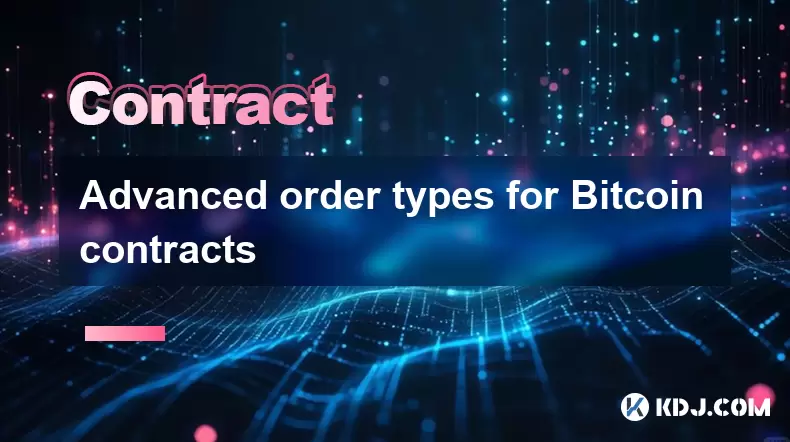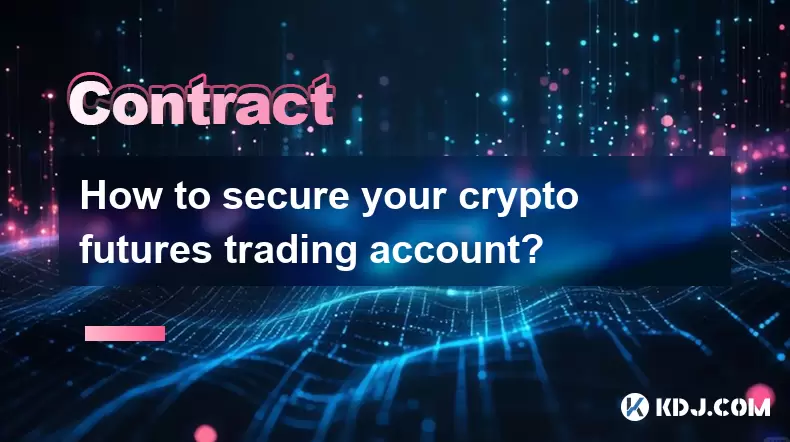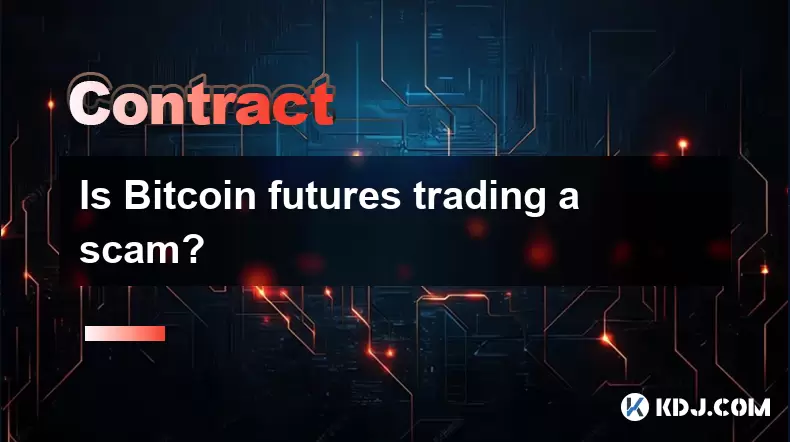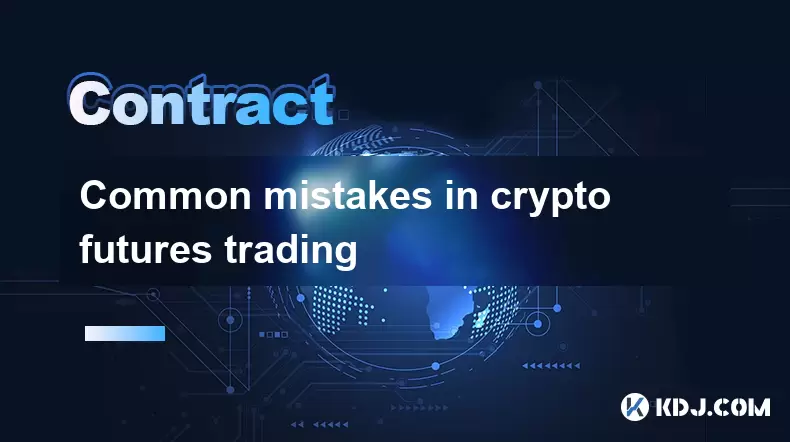-
 Bitcoin
Bitcoin $118400
0.39% -
 Ethereum
Ethereum $3814
2.17% -
 XRP
XRP $3.547
1.34% -
 Tether USDt
Tether USDt $1.000
0.00% -
 BNB
BNB $769.5
2.95% -
 Solana
Solana $191.7
6.36% -
 USDC
USDC $0.9999
0.01% -
 Dogecoin
Dogecoin $0.2722
7.75% -
 Cardano
Cardano $0.8995
5.59% -
 TRON
TRON $0.3158
-0.78% -
 Hyperliquid
Hyperliquid $47.37
4.46% -
 Stellar
Stellar $0.4848
3.54% -
 Sui
Sui $4.031
1.72% -
 Chainlink
Chainlink $20.11
3.94% -
 Hedera
Hedera $0.2832
3.16% -
 Avalanche
Avalanche $26.20
4.27% -
 Bitcoin Cash
Bitcoin Cash $530.5
0.67% -
 Shiba Inu
Shiba Inu $0.00001568
3.59% -
 Litecoin
Litecoin $118.4
1.42% -
 UNUS SED LEO
UNUS SED LEO $8.976
-0.23% -
 Toncoin
Toncoin $3.349
2.54% -
 Polkadot
Polkadot $4.590
2.54% -
 Uniswap
Uniswap $10.56
-0.59% -
 Ethena USDe
Ethena USDe $1.001
0.00% -
 Monero
Monero $327.7
0.39% -
 Pepe
Pepe $0.00001422
2.62% -
 Bitget Token
Bitget Token $4.973
-1.22% -
 Dai
Dai $1.000
0.02% -
 Aave
Aave $331.9
1.59% -
 Bittensor
Bittensor $429.6
-0.56%
Advanced order types for Bitcoin contracts
Advanced Bitcoin futures trading uses stop-loss, take-profit, and conditional orders to manage risk, secure gains, and automate execution in volatile markets.
Jul 21, 2025 at 01:14 pm

Understanding Advanced Order Types in Bitcoin Contracts
In the world of Bitcoin futures trading, advanced order types play a crucial role in managing risk, automating strategies, and improving execution efficiency. These order types go beyond the basic market and limit orders and allow traders to set conditional instructions for entering or exiting positions.
Conditional orders are particularly useful in volatile markets like Bitcoin, where prices can swing rapidly. Traders use them to protect profits, control losses, and enter trades at specific price levels without constant monitoring.
Stop-Loss Orders in Bitcoin Futures Trading
One of the most commonly used advanced order types is the stop-loss order. This order helps traders limit losses by automatically closing a position when the price reaches a predefined level.
- Trailing stop-loss allows the stop price to follow the market price by a specified percentage or amount. It helps lock in profits while giving the trade room to breathe.
- Stop-limit orders combine features of stop and limit orders. They trigger a limit order once the stop price is reached, ensuring execution at or better than the specified limit price.
Setting a stop-loss is essential for risk management, especially in leveraged Bitcoin contract trading, where liquidation risks are high.
Take-Profit Orders for Securing Gains
A take-profit order is another advanced order type that automatically closes a position once a certain profit level is reached. This order type removes emotional decision-making and ensures traders lock in profits at predefined levels.
- Multiple take-profit levels can be set to capture gains incrementally as the price moves favorably.
- Traders often combine take-profit with stop-loss orders to create a balanced risk-reward scenario.
These orders are typically placed above the current market price for long positions and below for short positions, depending on the trader's strategy and market outlook.
Conditional Orders Based on Price Triggers
Advanced trading platforms support conditional orders that execute only when certain price conditions are met. These include:
- If-touched orders, which become market or limit orders once a specified price is touched.
- One-cancels-the-other (OCO) orders, which allow traders to place two orders simultaneously, with the execution of one canceling the other.
These order types are especially beneficial in high-frequency trading or during major news events that can cause sudden price movements in Bitcoin contracts.
For example, a trader might set an OCO order with a stop-loss and a take-profit. If the take-profit is hit, the stop-loss is automatically canceled, ensuring no conflicting exits.
Using Bracket Orders in Bitcoin Contract Trading
Bracket orders are a powerful tool for managing entries and exits in one single command. They consist of a primary order (limit or market), a stop-loss, and a take-profit order.
- The primary order opens the position.
- The stop-loss and take-profit orders are linked and executed automatically when triggered.
Bracket orders are ideal for traders who want to define their risk and reward before entering a trade. Many platforms allow customization of bracket orders, including trailing stop-loss features and multiple profit targets.
To set a bracket order, traders must specify the entry price, stop-loss level, and take-profit level before submitting the order. Some platforms allow adjustments to the stop-loss and take-profit levels even after the position is open.
Time-Based and Execution-Only Order Types
Some advanced order types focus on execution timing rather than price levels. These include:
- Good-Til-Canceled (GTC): The order remains active until manually canceled or executed.
- Immediate-Or-Cancel (IOC): The order must be executed immediately; any unfilled portion is canceled.
- Fill-Or-Kill (FOK): The order must be executed in full immediately or canceled.
These types are particularly useful for institutional traders or high-frequency strategies where execution timing and size are critical.
For instance, a large trader might use a FOK order to avoid partial fills that could reveal their trading strategy to the market.
Frequently Asked Questions
What is the difference between a stop-loss and a trailing stop-loss in Bitcoin futures trading?
A stop-loss order closes a position when the price hits a fixed level, while a trailing stop-loss adjusts dynamically as the price moves in the trader's favor, maintaining a set distance behind the current price.
Can I modify a conditional order after it has been placed?
Yes, many trading platforms allow traders to adjust the parameters of conditional orders such as stop-loss and take-profit levels, provided the order has not yet been triggered.
Are bracket orders available on all Bitcoin futures platforms?
Bracket orders are widely supported on most modern trading platforms, but availability may vary depending on the exchange or broker. It’s essential to check platform-specific features before placing such orders.
How do time-based orders like IOC or FOK benefit traders in Bitcoin contracts?
Time-based orders ensure that trades are executed under specific conditions, reducing the risk of partial fills or slippage. They are especially useful for algorithmic traders or those seeking precise execution in fast-moving markets.
Disclaimer:info@kdj.com
The information provided is not trading advice. kdj.com does not assume any responsibility for any investments made based on the information provided in this article. Cryptocurrencies are highly volatile and it is highly recommended that you invest with caution after thorough research!
If you believe that the content used on this website infringes your copyright, please contact us immediately (info@kdj.com) and we will delete it promptly.
- Crypto Stocks, Stablecoin Law & Trump: A New Era?
- 2025-07-22 02:30:12
- Kaito, Web3, and Crowdfunding: A New Era of Capital Alignment?
- 2025-07-22 02:30:12
- Saylor, Trump, and Bitcoin: A New York Minute on Crypto's Power Trio
- 2025-07-22 00:50:12
- Strategy, Bitcoin, and $122,000: A New York Minute on Crypto's Latest Moves
- 2025-07-22 00:50:12
- Dogecoin Price Prediction: Will the Pump Continue?
- 2025-07-22 01:50:12
- AVAX Price, Mining Rewards, and PI Price: What's the Buzz?
- 2025-07-22 01:50:12
Related knowledge

What is a maker vs a taker fee?
Jul 19,2025 at 01:14am
Understanding the Basics of Cryptocurrency Exchange FeesIn the world of cryptocurrency trading, maker vs taker fees are a fundamental concept that eve...

How to secure your crypto futures trading account?
Jul 21,2025 at 11:42pm
Understanding the Risks in Crypto Futures TradingCrypto futures trading involves significant risks due to market volatility and leverage. Your trading...

Is Bitcoin futures trading a scam?
Jul 22,2025 at 01:42am
Understanding Bitcoin Futures TradingBitcoin futures trading refers to the process of buying and selling contracts that derive their value from the fu...

How to analyze Bitcoin futures data from CME?
Jul 19,2025 at 05:22pm
Understanding Bitcoin Futures on CMEBitcoin futures on the CME Group (Chicago Mercantile Exchange) represent a regulated financial instrument that all...

Advanced order types for Bitcoin contracts
Jul 21,2025 at 01:14pm
Understanding Advanced Order Types in Bitcoin ContractsIn the world of Bitcoin futures trading, advanced order types play a crucial role in managing r...

Common mistakes in crypto futures trading
Jul 20,2025 at 09:56pm
Overleveraging Without Risk ManagementOne of the most common mistakes in crypto futures trading is overleveraging. Traders often believe that using hi...

What is a maker vs a taker fee?
Jul 19,2025 at 01:14am
Understanding the Basics of Cryptocurrency Exchange FeesIn the world of cryptocurrency trading, maker vs taker fees are a fundamental concept that eve...

How to secure your crypto futures trading account?
Jul 21,2025 at 11:42pm
Understanding the Risks in Crypto Futures TradingCrypto futures trading involves significant risks due to market volatility and leverage. Your trading...

Is Bitcoin futures trading a scam?
Jul 22,2025 at 01:42am
Understanding Bitcoin Futures TradingBitcoin futures trading refers to the process of buying and selling contracts that derive their value from the fu...

How to analyze Bitcoin futures data from CME?
Jul 19,2025 at 05:22pm
Understanding Bitcoin Futures on CMEBitcoin futures on the CME Group (Chicago Mercantile Exchange) represent a regulated financial instrument that all...

Advanced order types for Bitcoin contracts
Jul 21,2025 at 01:14pm
Understanding Advanced Order Types in Bitcoin ContractsIn the world of Bitcoin futures trading, advanced order types play a crucial role in managing r...

Common mistakes in crypto futures trading
Jul 20,2025 at 09:56pm
Overleveraging Without Risk ManagementOne of the most common mistakes in crypto futures trading is overleveraging. Traders often believe that using hi...
See all articles

























































































